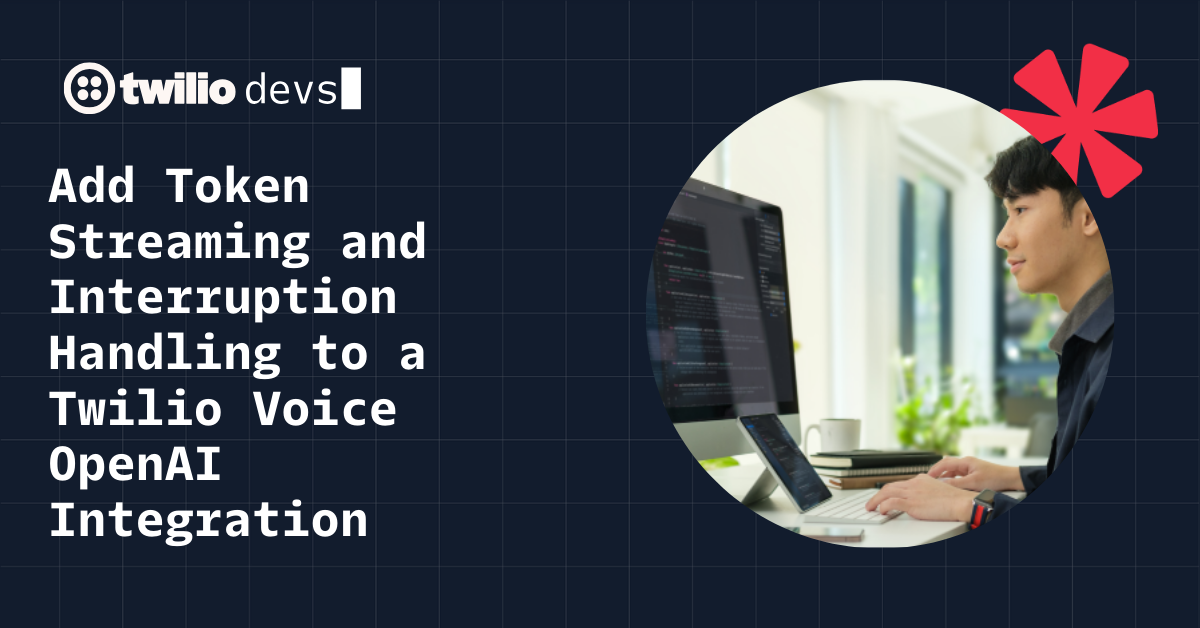5 Ways to Save Money with Twilio Elastic SIP Trunking
Time to read: 4 minutes

Who doesn’t like to save money? Telecommunications costs can consume a substantial portion of an organization’s budget, siphoning funds from other projects. By taking a close look at the way your organization connects its many communications applications to the public switched telephone network (PSTN), you may be able free up money to invest in strategic initiatives.
Twilio Elastic SIP Trunking is designed to help you save money. We’ve taken a comprehensive approach to cost efficiency by building a SIP trunking service that reduces soft and hard costs.
In this blog post, we’ll analyze the costs associated with connecting communications applications to the PSTN, and highlight five ways that Twilio Elastic SIP Trunking can put more money into your strategic projects budget. We will focus on the economic differences between Twilio Elastic SIP Trunking and the services offered by traditional telecommunication providers.
Optimizing global PSTN trunking costs
Optimizing PSTN connectivity costs requires a comprehensive analysis of the applications and offices that need trunk services. Many organizations have distributed trunks across a range of diverse applications including contact centers, VoIP and unified communications (UC) applications, outbound calling/messaging and embedded communications apps. Services may be further fragmented across an organization’s many domestic and international office locations with each potentially using a different SIP trunking provider.
The more fragmented, the more economically inefficient. Not only is your buying power diluted, you’ll also incur higher operating costs because each service provider must be independently managed. For this reason, our analysis will pay close attention to the soft costs associated with SIP trunking services.
SIP trunking cost breakdown
The cost of connecting to the PSTN is composed of hard and soft costs. Hard costs are the fees that are listed on the invoice you receive each month from your service provider. They may include per-minute usage, phone number rental, channel capacity, and optional features.
Soft costs are the cost of the human resources you must allocate to manage your relationship with the service provider and operate their service. Also referred to as operations costs, they include capacity planning, provisioning and troubleshooting trunks. In addition, soft costs include administrative overhead associated with managing contracts and processing monthly invoices.
1. No channel fees
We don’t charge you for SIP channel capacity (aka concurrent calls). Full stop.
In fact, our service doesn’t have a concept of channel capacity. Instead, it’s designed to scale on-demand. That’s why we call it “elastic.” This completely eliminates the headache of capacity planning (which we’ll cover in the next section).
For contact centers that are subject to large variations in call load, such as seasonal businesses, eliminating channel fees can be a significant savings. Typically, these organizations set their capacity to match peak demand. This means they must pay for capacity that goes unused during off-peak periods.
2. Reduced operations costs
Twilio helps you reduce operating costs by providing a global service that can be centrally provisioned and managed. You can reduce complexity and simplify operations across all of your applications and office locations.
With PSTN connectivity in 100 countries, we enable you to consolidate fragmented services provided by multiple regional or national SIP trunking vendors. You can eliminate the cost of administering contracts and processing invoices.
You can eliminate the overhead and expense associated with capacity planning. With Twilio Elastic SIP Trunking, you get automatic scalability. We automatically accommodate bursts in concurrent calls in contact centers and other applications.
Wipe out the complexity of working with multiple independent portals and their differing policies, terminology and user interfaces. You can centrally provision and manage Twilio Elastic SIP Trunking, worldwide, with our self-service portal or API. In addition, all services are instantly provisioned, on-demand, to increase the efficiency and effectiveness of your administrators.
The Twilio portal features Voice Insights, a powerful set of troubleshooting capabilities you can use to remedy problems worldwide, saving you time and money when problems occur.
We don’t require contracts. You can eliminate the time and expense of negotiating a contract with our pay-as-you-go pricing. There are no costly termination clauses or service bundles that drive up your price. And you can get started today using only a credit card.
3. Low usage costs
Our simple pay-as-you-go pricing model provides low rates for domestic, international and toll-free calling. We’re confident our rates will save you money and encourage you to compare them with list prices from any major provider in any country. For customers with high traffic volumes, we provide optional special contract discounts.
4. Low phone number rental costs
Similar to our usage costs, our phone number rental costs are competitive with all major providers. We offer clean DID and toll free numbers in 100 countries. We can also provide SMS-enabled toll free numbers.
5. Low optional features costs
Twilio Elastic SIP Trunking provides a range of optional features – all at low prices. Choose from recording, emergency calling, and outbound calls per second (CPS) upgrades. All options are available on a pay-as-you-go basis.

Start Saving with Twilio Elastic SIP Trunking
When you add hard and soft cost savings together, Twilio Elastic SIP Trunking can free up significant money and resources for strategic projects. The more applications, remote workers and office locations in your organization, the greater the potential savings, because Twilio enables you to consolidate and streamline. Learn more by contacting our sales team.
Arvind Rangarajan is a Principal Product Marketing Manager at Twilio focused on Communications Platforms as a Service.
Related Posts
Related Resources
Twilio Docs
From APIs to SDKs to sample apps
API reference documentation, SDKs, helper libraries, quickstarts, and tutorials for your language and platform.
Resource Center
The latest ebooks, industry reports, and webinars
Learn from customer engagement experts to improve your own communication.
Ahoy
Twilio's developer community hub
Best practices, code samples, and inspiration to build communications and digital engagement experiences.

